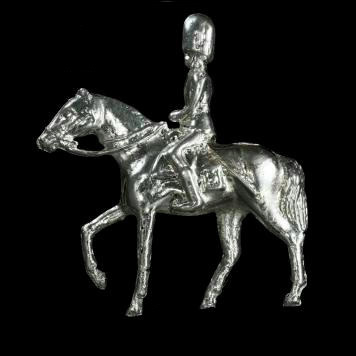◊
◊
◊
◊
Mixed with tin & copper gives Bronze



| Sn | Z = 50 | ◊ ◊ ◊ ◊ ◊ |
Tin | |
| From the Middle English "tin", meaning "tin" | ||||
| (AM) Atomic Mass | 118.71 amu | ♦ | +2, +4, -2 | |
| 2270 °C | ♦ | 232 °C | ||
| 7.29 g/cm3 | ♦ | Tetragonal | ||
| 1.8 | ♦ | 1.41 Å | ||
| Solid | ♦ | (C) Heat Capacity | 0.228 J/g °C | |
| Electronic-Config | [Kr] 4d10 5s2 5p2 | ♦ | 708.59 kJ/mol | |
| 296.1 kJ/mol | ♦ | 7.03 kJ/mol | ||
| Known to the Ancients | ♦ | n/a | ||
| (E°) Standard Potential | Sn2+⇔ Sn (-0.130 V), Sn4+⇔ Sn2+ (0.150 V) | |||
| Stable isotopes | 112Sn, 114Sn, 115Sn, 116Sn, 117Sn, 118Sn, 119Sn, 120Sn, 122Sn, 124Sn | |||
| Discovered/Synthesized by | Known since ancient times | |||
| Natural Source | The mineral/ore cassiterite | |||
| Common Uses | Solders, plated food cans, bronze, pewter cups, glassmaking, fire sprinklers | |||
| Other Info | Latin name: Stannum Mixed with tin & copper gives Bronze |
|||
Previous Element |
 |
Next Element |
||
| Back to Table |
Common Properties |
|||
| Home Page |
Definitions |
|||